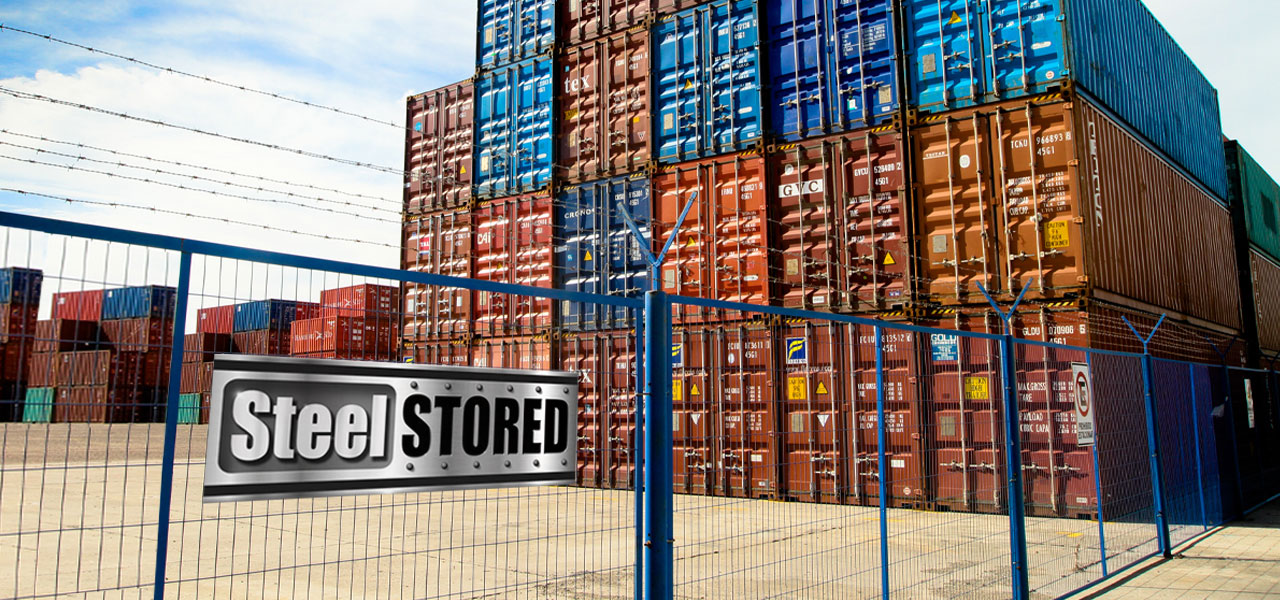
Construction Industry’s Love Affair with Shipping Containers: And The Romance Spread …
In the 1980s, the US construction industry made a remarkable discovery. That helped it to grow to where it is today. According to the Construction Association, currently it employs 7.6 million and annually creates structures valued at $1. 7 trillion.
Shipping Container as Swiss Knife
So what was that discovery? Actually it was simply realizing that the humble shipping container which sailed on the high seas could function as a multi-purpose tool for the construction industry. Yes, the construction industry could think of the shipping container as a kind of Swiss Knife. And the price was and is affordable.
The Grand Love Affair
Ever since then the construction industry has had an intense romance with the shipping container. All in one package, it provides construction crews with offices; secure and weather-resistant storage of materials, sensitive equipment such as computers, and expensive work tools; housing; and hygiene facilities. When the job is done, the shipping container could be transported to the next assignment, placed in storage, or resold to a retailer such as us at SteelStored.
What keeps the romance red hot is this: The construction industry has a lot of moving parts that must be coordinated smoothly on-time and on-budget in all seasons. That can be made to happen through the shipping container.
The Shipping Container’s 11 Key Features
Why the shipping container meets all those diverse needs is because of its 11 signature features. They are:
- The 14-guage steel components. The frame, wall panels, cross members, and cargo doors are made of corten steel. That represents a special steel alloy which facilitates easy welding, reducing time and costs for modifications. Also the thick steel constitutes a security measure. Thieves cannot get in. In addition, that material eliminates the need for painting, creating a maintenance-free structure.
- That facilitates cost-efficient transportation of materials from any location to the job site. That cuts out the need for a middleman in that part of the supply chain. The reinforced post – that is, the corner castings – allows for a crane to lift the container for easy handling for shipping.
- Easy to set up. That includes stacking one on top of another for additional storage of material. That can go up four stories. Those corner castings do contain slots for a twist mechanism for the connections. Also there can be horizonal expansions by setting containers side by side.
- Ocean-worthy design. The structure has to endure the turbulence of the high seas. That equips it to hold up in all types of weather. That prevents job delays. It also eliminates concern about any damage to the contents in the extreme weather of climate change.
- Easily modifiable. Add utilities and windows for an office. Make the environment temperature-sensitive. Put in restroom facilities, even showers. Install a roll-up door to permit loading and unloading of large items such as pallets.
- The preference is usually for bamboo or imitation wood flooring. That gives a cozy feel. For the traveling construction crew the container can be experienced as the home away from home.
- Pest-proof interior. The double-gasketed doors create a seal preventing intrusion by insects or rodents. In addition, the flooring contains pesticides. Construction crews do not have to be on guard about infestations which can destroy materials and equipment.
- Variety of sizes. There is no need to settle for too little or too much space. The standard sizes are 20 feet or 40 feet. There is also the 10-foot option.
- Transportation options. Those include truck, train, and sea. Vendors such as SteelStored are experts in guiding the most cost-efficient and fastest routes.
- Low rental or purchase fee. It is possible to pre-order modifications for special purposes such as an office. There is also the ability to reduce costs by ordering used containers.
- Eco-friendly. By its nature, the shipping container can be recycled. Construction companies can leverage this sustainability in its branding.
Repurposing As Standard
The construction industry’s discovery of the shipping container’s multi-purpose uses has become the new usual.
Among the most treasured repurposing is for housing. According to the National Association of Realtors, 2021 ended with the median price of a new home to be $361,700. That makes the American Dream unattainable to many. However, in comparison, Angi, which provides solutions for those in search of home ownership, estimates the cost of a residence modified from a shipping container to be typically $30,000.
That has also provided a solution for homelessness. For example, in Los Angeles, California, Flyaway Homes has created a permanent housing complex consisting of stackable shipping containers for those who had been homeless.
Another major repurposing in these chaotic times for retailers is the pop-up store. That is created from a shipping container. As in construction, it is also a multi-purpose concept. Retailers can leverage it to expand a market geographically, reach new target markets such as college students or senior citizens, experiment with new products and services, and be in sync with seasonal selling opportunities such as Halloween.
A third major application is zeroing in on the temporary-structure classification of a shipping container. That usually allows bypassing zoning rules for putting in an aboveground pool or an exterior structure such as a home office.
Taking the First Step with SteelStored
We at SteelStored have developed our leadership in the shipping container market by being much more than a retailer. We are there for you as a no-cost, no-pressure consultant to provide information and design solutions. We have become known in the industry as Just Ask Michael. Please contact us at contact@steelstored.com.
